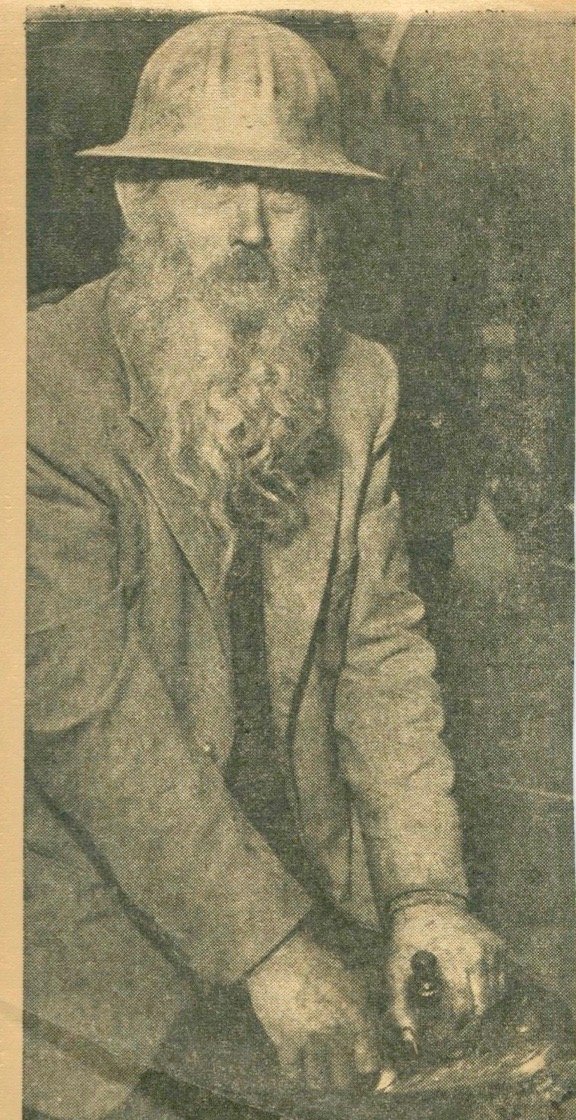Henry Lungstrom was a man who proved his mettle. When someone needed something fixed or figured out in the area of machines or metal, they’d call on the softspoken Swede from Lindsborg to ponder and prescribe a remedy. And when the nation needed his expertise during WWII, Henry answered the call. Over fifty people gathered recently at Messiah Lutheran Church to learn more about the life of the Lindsborg inventor during Steve Borell’s presentation for the Smoky Valley Historical Association.
Borell, a Lindsborg native, grew up watching Henry and learning from the man who became a friend to his father and to him. Both men owned shops on East Union Street.
Lungstrom was born on a farm southeast of town and was the ninth of eleven children to Andrew and Matilda May.
Henry’s 6th grade education and a curious nature led him into the world of manufacturing, working for Hagstrom Brother’s Manufacturing Company until 1930, when the firm sold the Lindsborg branch to him.
He flourished in the industry, making improvements to spark plugs, all types of lathes and milling machines. During WWII both Boeing and Beechcraft tried to hire Henry fulltime, but he resisted a move to Wichita, consulting with the aircraft makers on a case-by-case basis.
Borell says as the war was nearing its end, a group of men from the US government approached Henry with a special project. They showed him a blueprint of a mechanism and asked if he could make three of them. He agreed and a few months later the men proceeded to move into the shop with him, supplying cots to sleep on and food to eat until the unique project was done. After they left, friends in town asked Henry what the big secret was about, because armed men were seen guarding the building. They did not say.
Years later it was brought to light that the mechanism he shaped in 1945 helped bring an end to the war in the Pacific and shape the peace. The secret project was part of the trigger system for three atomic bombs.
Before Henry died in 1967, he purchased and operated a small steam locomotive, providing free rides and many joyful moments for children in the area east of the swimming pool. The midget engine now resides in southeast Missouri where it is being restored at a railroad museum.
The Machinist, 1965 acrylic on canvas by John Bashor
All archive photos courtesy Steve Borell. To learn more about the Smoky Valley Historical Association, follow them on Facebook or email info@lindsborghistory.org.











